Wars are unnatural disasters, and the deadliest wars have the greatest losses and a disproportionate number of people die. But, like all wars, the maximum number of people killed in the deadliest wars in world history is mostly innocent civilians.
Warfare has been a feature of human history since the beginning of time. According to the earliest evidence of human struggle, the first battle took place about 13,000 XNUMX years ago near the Egypt-Sudan border. The origin was a battle for resources - in this case water.
However, there are several reasons why a war breaks out:poverty, poor political leadership, civil unrest, religion, territorial conflicts, resources, and various other variables have all contributed to most wars throughout human history. Let's look at the list of the deadliest conflicts in history.
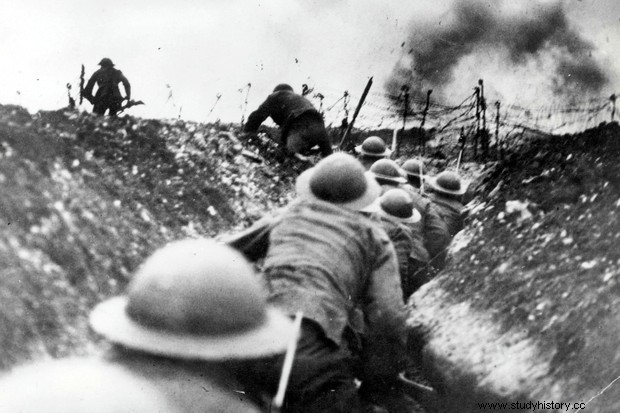
Deadliest Warrior
Historical Napoleonic Wars
The French Empire and its allies fought against European countries during the Napoleonic Wars (1803-1815). The Napoleonic Wars were wars between the French Empire and the coalitions that fought against it:the Third Coalition War, the Fourth Coalition War, the Fifth Coalition War, the Sixth Coalition War and the Seventh and Last Coalition Wars. An estimated 3.5-6 million people died as a direct or indirect result of the war.
Thirty Years' War
From 1618 to 1648, Catholic and Protestant nations in Central Europe fought thirty years of war. The battles eventually drew on Europe's great powers and culminated in one of Europe's longest, most devastating and bloodiest conflicts in history. An estimated 8 million people died, including civilian and military men.
Russia's Civil War
More than 9 million people died in Russia's civil war, with 8 million civilians. The conflict lasted from 1917 to 1922, just after the Russian revolutions of 1917. Opposing political forces, especially the Red Army and the White Army, fought the war.
Dungan Conflict War
The Dungan Uprising was the deadliest war fought in China since the 19th century during the Qing Dynasty between Hans (a Chinese ethnic group of East Asian descent) and Huis (Chinese Muslims). There were around 20 million war-related deaths, primarily due to famine and migration caused by the conflict.
Lushan conflict
The An Lushan uprising was a Chinese uprising between 755 and 763 AD. against the Tang Dynasty. Although it is impossible to quantify the exact number of deaths, the census from the years after the conflict suggests that around 36 million people died, or almost two thirds of the empire's population.
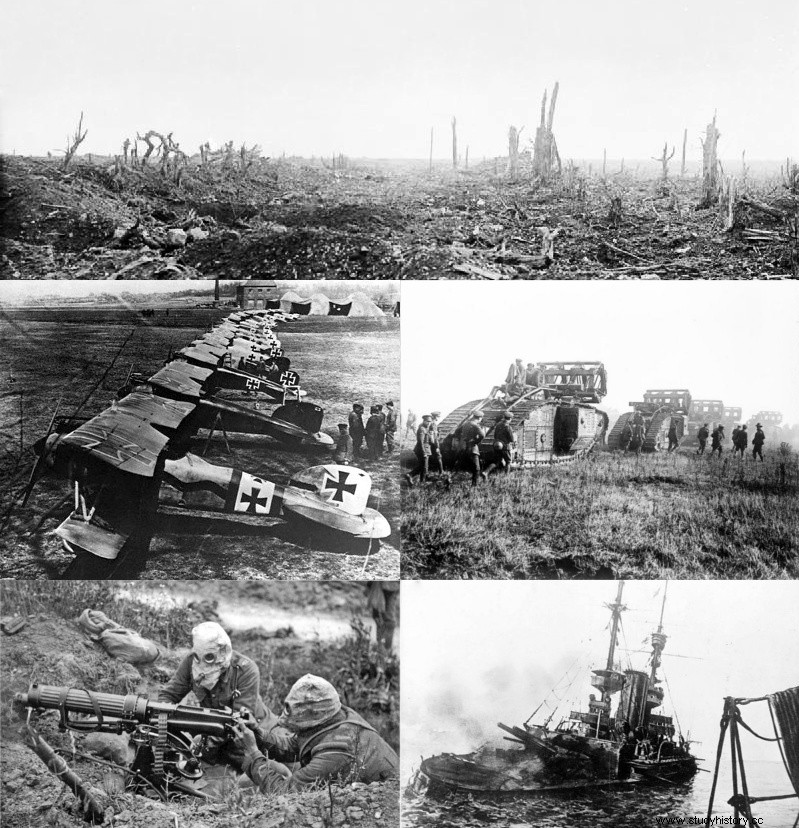
World War I
The Allies and the Central Powers fought during the First World War. The war lasted for four years, from 1914 to 1918, but it resulted in approximately 18 million deaths. About 11 million of the 18 million dead were military members, while the remaining 7 million were civilians.
Taiping Rebellion
The Taiping Uprising was another large-scale uprising in China that took place between 1850 and 1864. The conflict arose between the Qing Dynasty and the Taiping Heavenly Kingdom's Christian millennial movement. Although there are no exact figures, most estimates are to blame for the Taiping Uprising for 20-30 million deaths.
China's Dynasty War
The transition from the Qing to Ming dynasties was never easy. The uprising lasted for more than 60 years, from 1618 to 1683, killing 25 million people. It began as a minor uprising in northeastern China and grew into one of the bloodiest conflicts and wars in history.
The second Sino-Japanese deadliest war took place between China and Japan, between the National Revolutionary Army of the Republic of China and the Imperial Japanese Army between 1937 and 1945. A common assumption was that the conflict began with the Marco Polo Bridge incident and grew into a completely-displaced war . There were 25 million civilian casualties and around 4 million Chinese and Japanese military casualties.
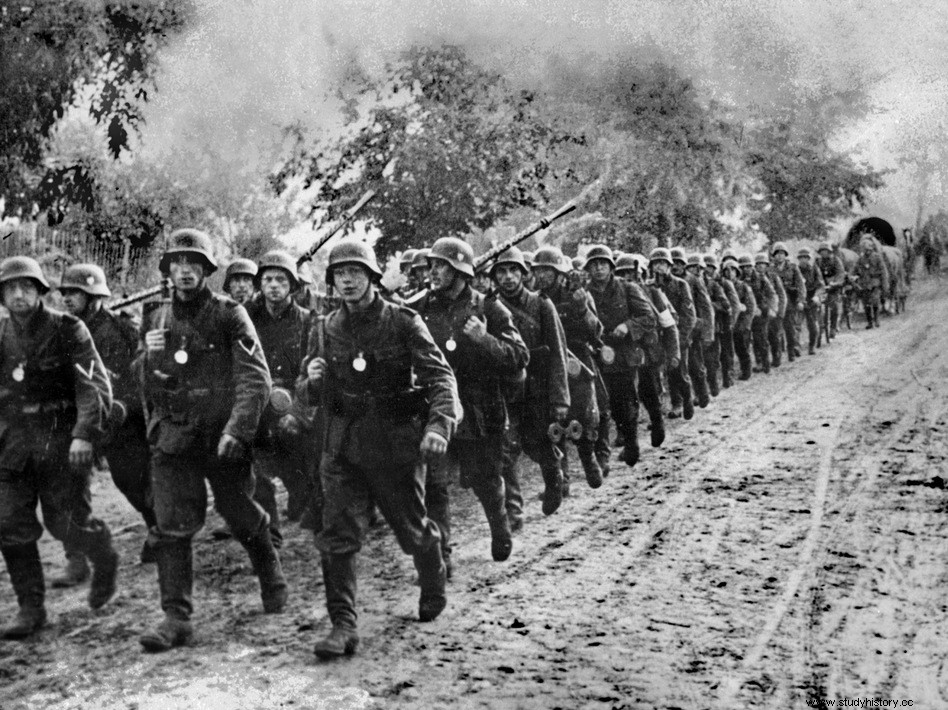
World War II
World War II was a worldwide conflict that lasted from 1939 to 1945. The conflict pitted the Allies against the Axis powers in the bloodiest war in history and killed nearly 70 million people. The war was notorious for its genocide against the Jewish people. It was also responsible for causing the deaths of more than 50 million civilians. The deadliest war has been World War II, with an estimated 56.4 million. Of these, about 26.6 million were Soviet fatalities, and 7.8 million were Chinese civilians. The country with the most casualties in World War II was Poland, with 6,028,000 XNUMX XNUMX of the total population killed.
Chinese Civil War
The Chinese Civil War (1927-1949) stemmed from the downfall of the Qing Dynasty in 1911. China was previously already fragmented, and the downfall provided fuel for it. Two political parties formed - the nationalist Kuomintang Party and the Communist Party (CPC), which united to settle China. However, the unit did not last long when internal rivalries emerged, and the Kuomintang party appeared to be prominent. In 1927, the Shanghai Massacre took place in which Communist party members were killed. This led to a bitter civil war.
Although the conflict stopped briefly due to the Japanese invasion, it returned in 1945. This time, the Soviets supported the Kuomintang Party and the United States supported the CPC. As a result, the CPC became prominent, and the Communists gained control of the majority of the country and Beijing. They then created the People's Republic of China. The Kuomintang moved to Taiwan and established the Republic of China. By 1950, more than 8 million people had died as a result of murder and mass crime by both parties.
Korean Wars received ~~ POS =HEADCOMP
The Korean War (19501953) was the first clash in the Cold War and one of the deadliest wars. Before World War II, Korea was dominated by Japan, but towards the end, Russia liberated the northern part of Korea, and the United States began to push itself up from the south. As ties between the Soviet United States grew stronger, it was agreed that Korea should be divided into two countries with separate governments. North Korea was purely a communist state, with the support of Russia and China, while an unpleasant US-backed dictatorship controlled South Korea. In 1950, tensions escalated, and the North Koreans launched an invasion of the South. After two days, troops came with UN support to defend the South. Although the troops initially withdrew, more troops began to push the North Koreans back.
Things got ugly when Chinese troops from the north collided with the United States from the south. Even though the UN forces fell back, there were still ugly battles on the ground. US forces also carried out heavy airstrikes, and almost all buildings in North Korea were flattened. This war led to nothing, and the boundary still stands where it is in the agreement. The war killed millions of people because of hunger and also in concentration camps.
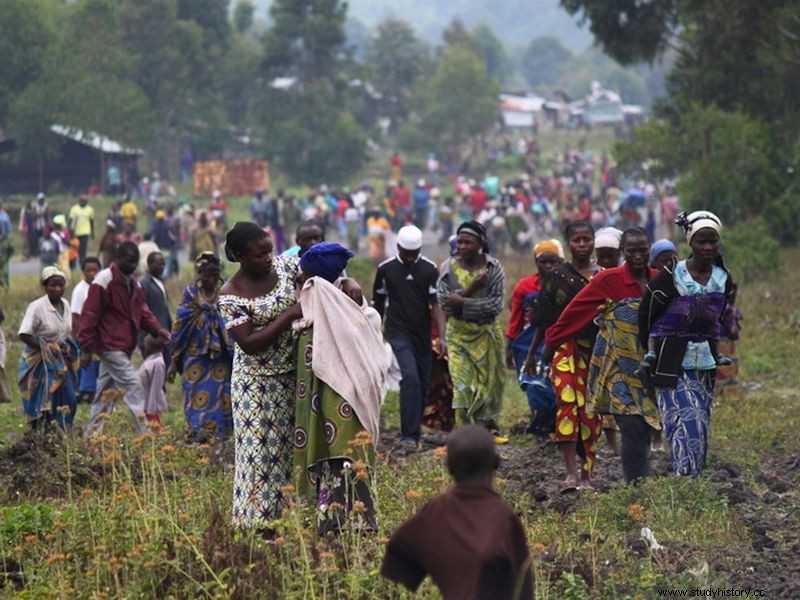
The deadliest wars of the 21st century
Second Congo War
The genocide in Rwanda, the assassination of Mobutu Sese Seko and the conflict between the people of Hutu and Tutsi triggered the Second Congo War (also called the Great War in Africa). Laurent Kabila rejected Mobutu and renamed Zaire the Democratic Republic of Congo (DRC), but the country quickly ended up in a civil conflict. Armies from about nine nations, as well as heavy militias, wreaked havoc in the countryside. As a result, around three million people, mostly civilians, died fighting or from disease and malnutrition.
The Second Congo War (1998-2003) is one of the deadliest conflicts in history and the bloodiest in contemporary African history. This conflict lasted for five years and cost the lives of around 5.4 million people. Although genocide was responsible for many deaths, disease and famine also caused many deaths.
Syrian Civil War
Protests and revolutions against the government took place throughout the Middle East and North Africa. Syrian President Bashar al-Assad responded by making significant political concessions and using brutality against his people. The uprising turned into a civil war and spread bloodshed to neighboring Iraq, and the region became a hotspot for terrorist groups such as Islamic State in Iraq and ISIS.
He also used extreme methods to maintain power, including dropping raw barrel bombs and using chemical weapons on areas held by rebels. Eventually, the US military arrived and launched airstrikes against ISIL militants in both Syria and Iraq. Later, the ceasefire agreements failed to keep the bloodshed in check. Around 470,000 XNUMX people died as a result of the deadliest Syrian civil war. Four million people fled the country, and millions were displaced.
Darfur conflict
In early 2003, rebel groups took up arms against the administration of Omar al-Bashir, increasing tensions in the Darfur region of western Sudan. This war resulted in the first genocide and the deadliest wars of the twenty-first century. Following successes from rebel groups against the Sudanese military, the Sudanese government enlisted the help of Arab militias known as the Janjaweed. Janjaweed engaged in targeted terrorism as well as ethnic cleansing activities during the deadliest war. They killed around 300,000 XNUMX people and displaced almost three million.
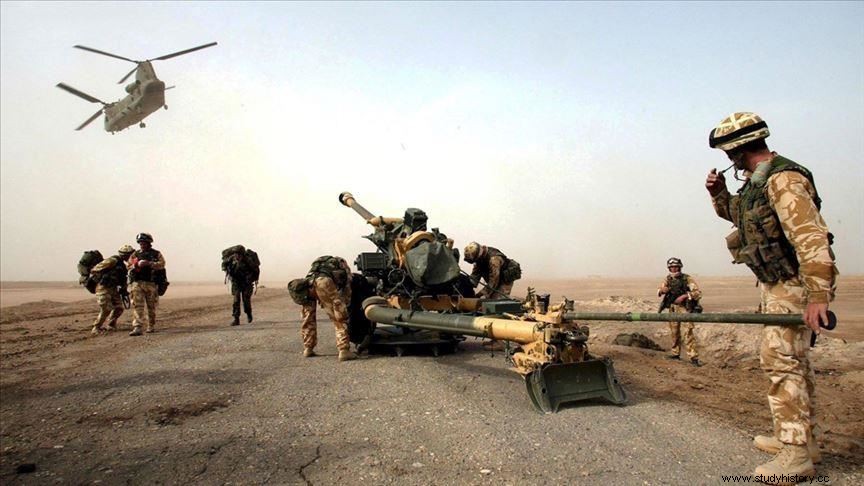
Iraq Wars
Before the events of September 9, the United States tried to destabilize Saddam Hussein's regime. They launched an attack on Iraq in 11, citing links between the Iraqi regime and al-Qaeda and the presence of weapons of mass destruction in Iraq. After that, there was a war and rebellion that lasted for years and killed millions.
More than 4,700 coalition troops and about 85,000 2010 Iraqi civilians had died when US forces withdrew in August 50,000. In addition, the conflict resulted in the establishment of ISIS and the killing of XNUMX XNUMX extra people. The people were either slaughtered by IS or killed in confrontations between IS and the Iraqi government.
Afghanistan War
Following the 9/11 attacks, the United States began conducting airstrikes against the Taliban administration in Afghanistan. As a result, the Afghanistan war became the most visible measure that the United States has taken against terrorism. The Taliban lost power by December 11, but the Afghan Taliban and its Pakistani equivalent would regain strength in the tribal areas and take part in military and terrorist acts.
The Taliban also used the IED for military and civilian purposes. As a result, around 30,000 31,000 Afghan soldiers and 3,500 29 Afghan civilians died. Around 30,000 NATO-led coalition forces were also killed, with XNUMX nationalities represented among the dead. In addition, the Pakistani Taliban murdered around XNUMX XNUMX Pakistani government soldiers and civilians in the deadliest war.
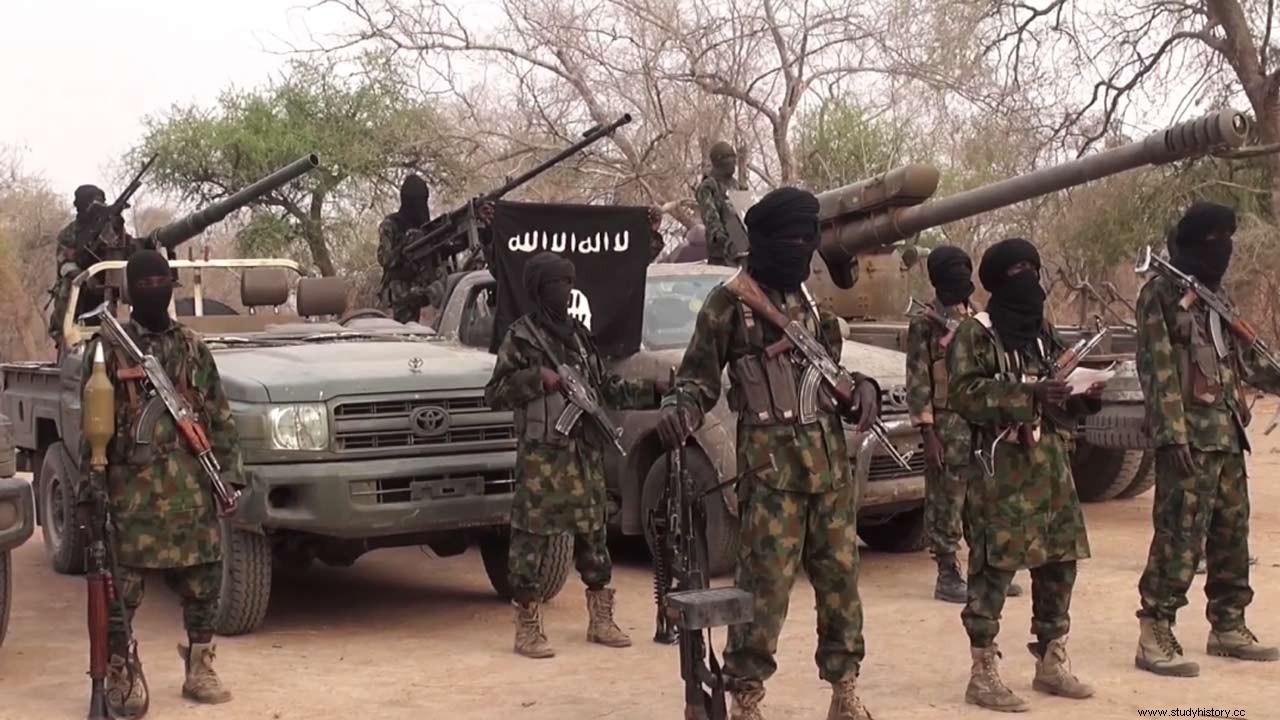
Boko Haram Wars
In Nigeria, the Islamist terrorist group Boko Haram was inactive for a while. After 2009, when it carried out attacks that killed many police personnel. The Nigerian government responded with a military operation that resulted in the deaths of over 700 Boko Haram militants. The Nigerian police and military then carried out an out-of-court death operation.
Boko Haram retaliated by murdering police officers, breaking into prisons and attacking civilian targets across Nigeria. In addition, almost 300 schoolgirls were abducted in 2014. The entire attack turned into a riot. Boko Haram killed around 11,000 XNUMX civilians, and the fighting displaced nearly two million people.
Yemeni Civil War
The Yemeni civil war, one of the deadliest wars, arose due to uprisings in the Middle East and the instability of the Al Abd Allah li regime. The battle was fierce between government soldiers and tribal groups. He was then the victim of an assassination attempt, which resulted in terrible injuries. Abd Rabbuh Mar Had taken over when he flew from Yemen for specific medical treatment.
In response to the demonstrations, they resorted to violence. As a result, many began to support protests against the government. The rebels stormed Sanaa and took over the presidential palace. Despite being detained under house arrest, Had managed to escape. A violent battle broke out between them and forces loyal to Li. The UN estimates that 10,000 people died in the fighting, with 4,000 civilians among them
Ukraine conflict
In November 2013, Viktor Yanukovych broke a long-awaited association agreement with the EU to forge closer ties with Russia. As a result, street protests broke out in Kyiv, and protesters set up a permanent camp in the square. There were violent clashes between the forces and the protesters, where the government security forces opened fire on the protesters. As a result, many died and thousands were injured. The protests caused Yanukovych to lose power, and he fled to Russia.
After that, Russian troops began to seize government buildings in Crimea, and a pro-Russian party took control of the regional government. In 2014, pro-Russian forces had significantly exceeded territory, and Malaysia Airlines flight MH17 was shot down by Russian air-to-air missiles. Although a ceasefire was signed in February 2015, it did not stop the bloodshed. An estimated 10,000 XNUMX people, most of them civilians, died in the fighting.
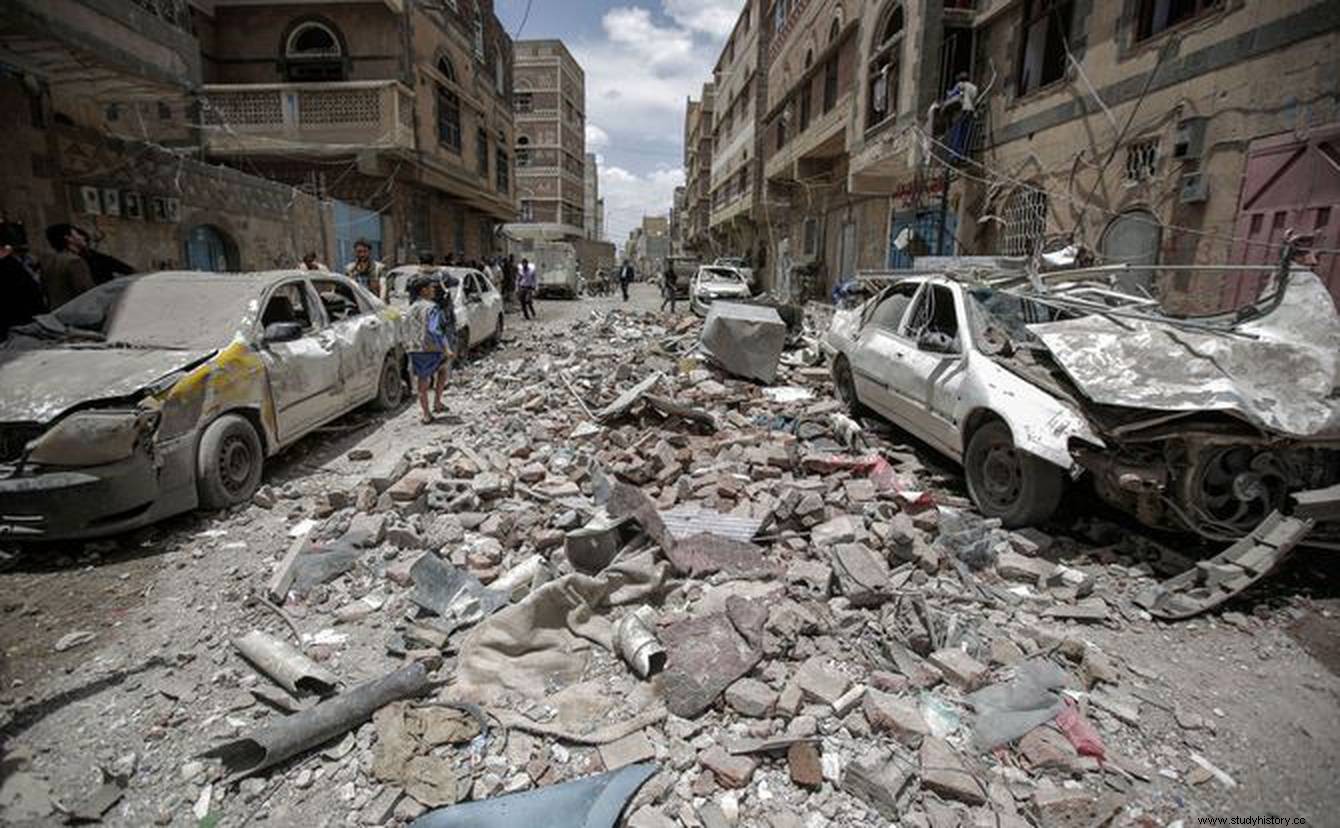
The deadliest wars in world history saw millions of casualties, both in forces and in civilians. Wars have seen people fight against each other, primarily over territory and power. These wars have also wiped out thousands of people from all over the world. Many of these have actually made their mark in world history. With the advancement of technology and the ever-growing population today, the next war (God forbid no one happens!) Will result in an unparalleled death. Let's not hope there's ever a deadliest war.
The current COVID-19 pandemic that took many lives from around the world is similar enough to a war and a disaster in itself!
Related:
The interesting story of the new German cinema movement
The story of Violet Gibson - The Irish woman who shot Mussolini
